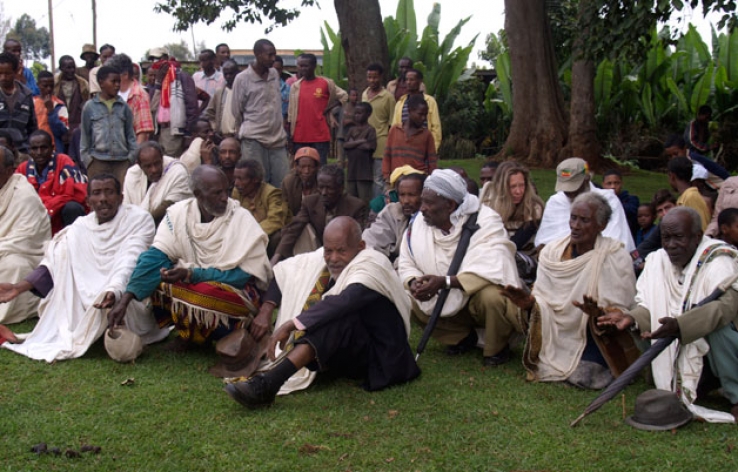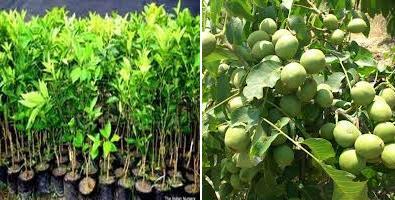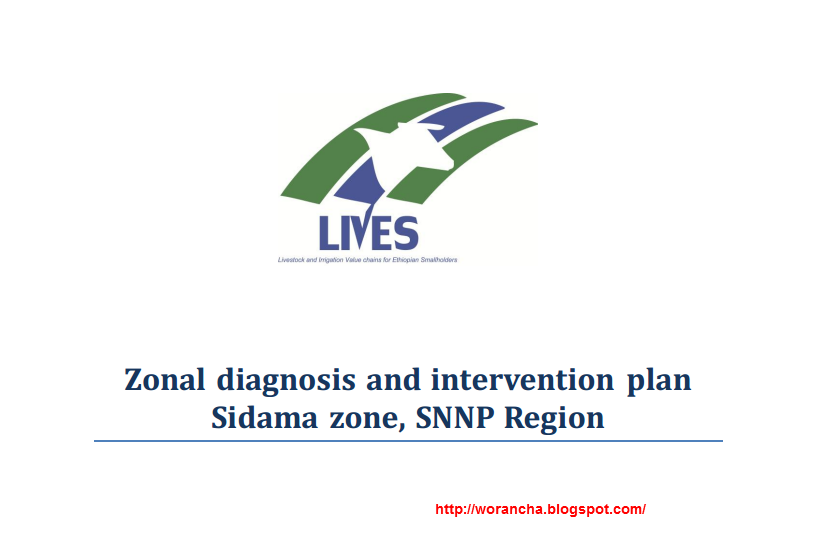ፊቼ ጫምባላላ በዓልን በዩኔስኮ ቅርስነት ለማስመዝገብ የሚረዳ ጥናት ተጠናቀቀ

- ሐቻምና ዲዛይኑ የተጠናቀቀው የደቡብ ባህል ማዕከል ግንባታ እስካሁን አልተጀመረም ከደቡብ ብሔሮች ብሔረሰቦች አንዱ የሆነው የሲዳማ ብሔር የዘመን መለወጫ (ፊቼ) በዓል በተባበሩት መንግሥታት የትምህርት ሳይንስና ባህል ድርጀት (ዩኔስኮ) በዓለም ቅርስነት እንዲመዘገብ እንቅስቃሴ እየተደረገ መሆኑ ተመለከተ፡፡ የሲዳማ ብሔር ባህልና ማንነት መገለጫ የሆነው የፊቼ በዓል የዓመቱ አዋቂዎች (አያንቶ) በሚወስኑት ቀንና ወር የሚውል ሲሆን፣ የዘንድሮ ዘመን መለወጫ ሐምሌ 29 ቀን 2005 ዓ.ም. ድምቀት ተከብሯል፡፡ በዋዜማው በርችት ሕብረ ቀለማት ተጀምሮ በዕለቱ ከጧት ጀምሮ በባህላዊ መሰብሰቢያ ሥፍራው (ጉዱማሌ ፓርክ) የክልሉና የዞኑ ከፍተኛ አመራሮች፣ የብሔሩ ተወላጆች፣ ቱሪስቶችና የክብር እንግዶች በተገኙበት በተለያዩ ዝግጅቶች ተከብሯል፡፡ ክብረ በዓሉ በዓለም አቀፍ ቅርስነት እንዲመዘገብ የሚያስችል ጥናት ተጠናቅቆ በሚቀጥለው ዓመት ለዩኔስኮ እንደሚቀርብ የክልሉ ባህልና ቱሪዝም ቢሮ ገልጿል፡፡ ስለዘንድሮው ፊቼ በዓልና በዓለም ቅርስነት ለማስመዝገብ እየተደረገ ስለሚገኘው እንቅስቃሴ የሲዳማ ዞን ዋና አስተዳዳሪ አቶ ሚሊዮን ማቲዎስ በየዓመቱ እንደሚደረገው በዓሉ ከዘመን መለወጫና በማግስቱ ጫምባላላ አዋቂዎች፣ ወጣት ሴቶችና ወንዶች በልዩ ጭፈራ (ቄጠላ) ታጅቦ እንደሚቀጥል ይናገራሉ፡፡ በየዓመቱ የፊቼ በዓል ዕለትና ወሩ መለያያትን በተመለከተም ‹‹የሲዳማ ጊዜ አቆጣጠር ከጨረቃ ሥርዓት ጋር የተገኘና ከዋክብትና ጨረቃን በመመልከትም የሚተነትኑ አዋቂዎች (በአካባቢው አጠራር አያንቶ) የሚወስን በመሆኑ ነው›› ሲሉ ይገልጻሉ፡፡ የሲዳማ ዘመን መለወጫ (ፊቼ) ከጥንት ጀምሮ ሊከበር የመጣና የራሱ የሆኑ ባህላዊ እሴቶች ያሉት በመሆኑ በዓለም




